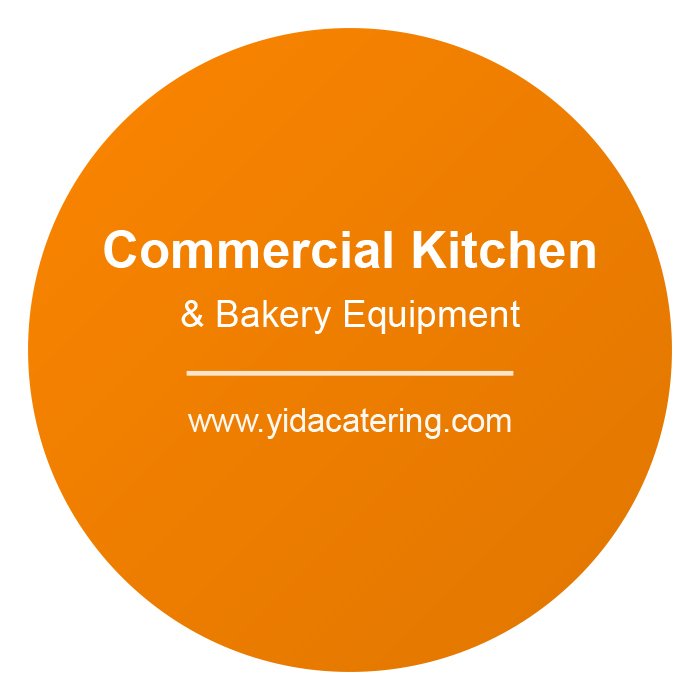When it comes to running a successful restaurant, having the right equipment is essential. From food preparation to storage and service, the tools you choose can significantly impact your efficiency, food quality, and overall customer experience. Whether you’re opening a new establishment or upgrading your existing setup, understanding the various types of restaurant equipment is crucial. In this blog post, we’ll explore the key categories of equipment every restaurant owner should consider.
1. Cooking Equipment
Cooking equipment is the backbone of any restaurant kitchen. These tools are used for preparing and cooking food, and their quality directly affects the outcome of your dishes. Common cooking equipment includes:
- Ranges and Ovens: Essential for baking, roasting, and cooking a variety of dishes. Options include convection ovens, pizza ovens, and combination ovens.
- Grills: Used for searing meats, vegetables, and other ingredients. Charbroilers and flat-top grills are popular choices.
- Fryers: Deep fryers are ideal for preparing crispy fried foods like fries, chicken, and seafood.
- Cooktops: Gas or electric burners for sautéing, boiling, and simmering.
- Steamers: Perfect for cooking vegetables and seafood while retaining their nutrients.
2. Refrigeration and Storage Equipment
Proper storage ensures food safety and extends the shelf life of perishable items. Refrigeration equipment is a must-have in any commercial kitchen. Key items include:
- Walk-In Coolers and Freezers: Large-scale storage for bulk ingredients.
- Reach-In Refrigerators: Convenient for keeping frequently used items within reach.
- Prep Tables with Refrigeration: Combines workspace with cooling compartments for efficiency.
- Dry Storage Shelving: For storing non-perishable items like canned goods, spices, and dry ingredients.
3. Food Preparation Equipment
Preparation tools streamline the process of getting ingredients ready for cooking. These items save time and improve consistency in your dishes. Examples include:
- Food Processors: For chopping, slicing, and pureeing ingredients quickly.
- Mixers: Essential for baking operations or mixing doughs and batters.
- Blenders: Used for making soups, sauces, or smoothies.
- Cutting Boards and Knives: High-quality knives and durable cutting boards are indispensable for any kitchen.
4. Serving Equipment
The way food is presented and served plays a significant role in customer satisfaction. Serving equipment ensures that dishes are delivered efficiently and attractively. This category includes:
- Serving Trays: For carrying multiple dishes at once.
- Chafing Dishes: Keeps food warm during buffets or catered events.
- Beverage Dispensers: For serving coffee, tea, or cold drinks.
- Tableware: Plates, bowls, glassware, and utensils that align with the theme of your restaurant.
5. Cleaning and Sanitation Equipment
Maintaining cleanliness is not only a legal requirement but also essential for customer trust and safety. Cleaning equipment ensures that your kitchen operates in a hygienic manner. Common tools include:
- Dishwashers: Commercial-grade dishwashers save time and ensure thorough cleaning.
- Sinks: Three-compartment sinks are typically used for washing, rinsing, and sanitizing dishes manually.
- Grease Traps: Prevents grease from clogging your plumbing system.
- Cleaning Supplies: Mops, brooms, and sanitizing solutions are necessary for daily maintenance.
6. Specialty Equipment
Depending on your menu and concept, you may need specialized equipment tailored to your cuisine or service style. Examples include:
- Pizza Ovens: For pizzerias or restaurants specializing in baked goods.
- Ice Cream Machines: Perfect for dessert-focused establishments.
- Sous Vide Machines: For precise temperature-controlled cooking.
- Espresso Machines: A must-have for coffee shops or restaurants with a robust beverage menu.
Conclusion
Investing in the right restaurant equipment is a cornerstone of operational success. While the initial cost may seem high, quality equipment can save you money in the long run by improving efficiency, reducing waste, and enhancing customer satisfaction. By carefully assessing your menu, kitchen layout, and service style, you can select the tools that best meet your needs.
Whether you’re a seasoned restaurateur or a newcomer to the industry, understanding these categories of equipment will help you build a kitchen that supports your culinary vision. With the right tools at your disposal, you’ll be well on your way to creating memorable dining experiences for your customers.

